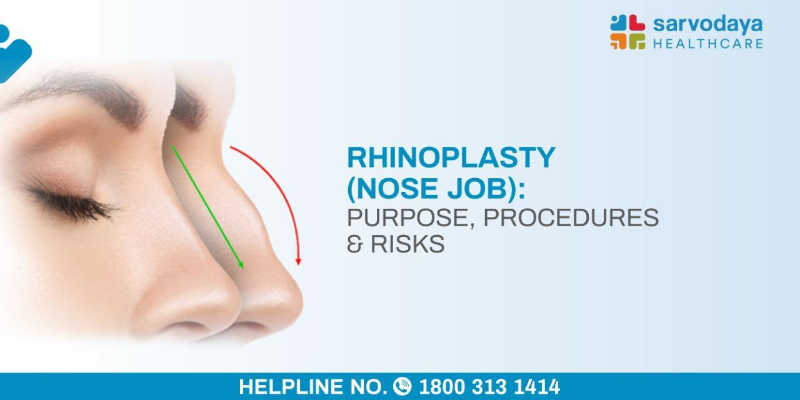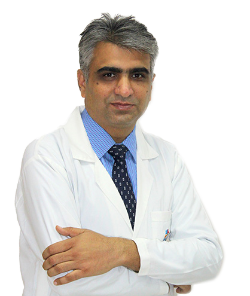Rhinoplasty, commonly known as a ‘Nose Job’ is usually done to rectify flaws of the nose function or change the shape of the nose. Although many people opt for this surgery due to cosmetic reasons, it is often also performed for medical reasons such as breathing problems, disfigurement or birth defects.
Rhinoplasty or nose job is usually performed with general or local anaesthesia depending on individuals. In the case of local anaesthesia, your nose will be numbed so that you do not feel any pain during the surgery. During the surgery, the ENT surgeon will make cuts within the nostrils. In difficult cases, cuts are made across the base of the nose. The surgeon then adjusts or reshapes the inner bone and cartilage in order to correct the cosmetic or physical flaws.
Purpose of Rhinoplasty
In terms of medical reasons, Rhinoplasty is performed to repair the nose after an injury or due to some structural defect since birth. People who are experiencing breathing problems after a nose injury or just want to change their appearance, opt for this surgery. Rhinoplasty can offer you the following changes:
- Change in nose size
- Change in nose shape
- Straightening of the nose bridge
- Reshaping the tips
- Reshaping the nostrils
If the rhinoplasty is being performed due to cosmetic reasons then a person should wait until they reach the Ideal or perfect age, which is when the nasal bone is fully grown. Consult with an ENT specialist to understand the best age for this procedure. In the case of any breathing impairment, Rhinoplasty can be performed at a younger age too.
The Rhinoplasty Procedure
Depending on the severity of the condition & complexity of the procedure, a patient who undergoes Rhinoplasty can be required to stay in the hospital for a few hours post-surgery or for a couple of days, to ensure safe recovery. If the surgery is going to be a simple procedure, then the ENT surgeon will give local anesthesia to numb the nose. An ENT surgeon usually decides to give general anaesthesia in the case of children, to avoid any complications.
The ENT surgeon will then make cuts between or inside the nostrils. The skin from the cartilage or bone will be separated and then the reshaping of the nose will start. If a small amount of additional cartilage is required during the surgery, then the surgeon will remove some from the ear or deep inside of the nose. If that is not enough, then the surgeon may use an implant or an additional bone to add to the existing nose bone. Rhinoplasty surgery usually takes between one to two hours, but may take longer if the surgery is complex.
Risks of Rhinoplasty
Like all surgeries, Rhinoplasty or a nose job also carries some risks. The possible risks include infection, bleeding, or a mild/severe reaction to anesthesia. Getting a nose job done also increase the risks of:
- Breathing difficulties
- Nosebleeds
- A numb nose
- An asymmetrical nose
- Scars
If the patients want a second surgery, then they have to wait until the nose is completely healed which may take a year.
At Sarvodaya Hospital & Research Centre, Sec-8, Faridabad, we a renowned team of ENT specialist & surgeons, backed by the best facilities for audiological diagnostics & treatment, speech-language rehabilitation & more. We are the only hospital in Faridabad to introduce CO2 Laser Treatment for ENT & also the only hospital in Faridabad affiliated with the ADIP Scheme of the Govt. of India for Cochlear Implant Surgery, supported by the latest audiometric facilities; making us one of the best ENT hospitals in Northern India.










